Bat Trang pottery village Hanoi: Flame of pride amidst the storms of time
If the earthen walls of Bat Trang could speak, they would tell tales of emperors and artisans, of war and peace, of a people whose hands have shaped history itself. This ancient village, a jewel of Hanoi, has endured the weight of time, standing unshaken through the collapse of dynasties and the echoes of war. From the golden days of the Ly and Tran dynasties to the dark years of foreign invasion, Bat Trang pottery village has remained a guardian of tradition, a beacon of pride amidst the storms that have tested its strength.
The Timeless Legacy of Bat Trang: A Village Forged in Fire and History
Nestled along the tranquil banks of the Red River, just 13 kilometers southeast of Hanoi, lies Bat Trang—Vietnam’s most renowned pottery village. For over 700 years, its kilns have burned ceaselessly, shaping not only exquisite ceramics but also a legacy of resilience and craftsmanship that has withstood the test of time.
Legend whispers that during the reign of the Ly Dynasty (11th–13th century), a group of skilled artisans from Thanh Hóa migrated northward, drawn to the fine white clay deposits along the Red River. These craftsmen, blessed with ancestral knowledge of ceramics, settled in Bat Trang and ignited the village’s journey to becoming Vietnam’s pottery heartland. By the 14th–15th century, under the patronage of the Tran and Le dynasties, Bat Trang’s fame spread far beyond Vietnam’s borders. Royal courts, temples, and merchants sought its wares, and traders from China, Japan, and even as far as Europe marveled at the delicate beauty of its porcelain.
Bat Trang ceramic village has a history of over 700 years, since the Ly Dynasty moved the capital to Thang Long (Hanoi today)
But history has not always been kind to this ancient village. Through the rise and fall of dynasties, Bát Tràng endured economic upheavals and foreign invasions. The brutal 100-year domination of the French army cast a long shadow, yet the kilns of Bat Trang continued to fire, symbols of the enduring Vietnamese spirit. Even the two bloody wars against the French and the Americans, which shook the nation to its core, could not extinguish the flame of Bat Trang’s artistry. The village, scarred but unbroken, stood as a testament to the enduring strength of its people and their craft. Each piece of pottery, bearing the marks of tradition and the resilience of generations, tells a story of survival, a story of Bat Trang.
Why Bat Trang Pottery Village is a Must-Visit in Hanoi
Bat Trang, a ceramic village with over 700 years of history, is a living testament to Vietnam's resilience. Despite enduring dynastic changes, colonial oppression, and war, the village’s pottery has thrived, reflecting the nation’s identity.
- The secret of the royal ceramics: During the Le and Nguyen Dynasties, Bat Trang pottery became not only household items but also royal gifts, with intricately designed bowls, vases, and teapots featuring dragon and phoenix motifs. Many of these pieces are displayed in museums, and some can still be found in traditional workshops where visitors can witness artisans recreating ancient designs.
- The sacred fire burns brightly in the dark night: During the 100-year French occupation and subsequent wars, Bat Trang's artisans preserved their craft despite adversity. The kilns kept burning, safeguarding Vietnamese artistry. Even during the bombings of the Vietnam war, the villagers continued their work, crafting pottery in the darkest times. Bat Trang stands as a symbol of resilience and unyielding spirit.
The artisans have always kept the sacred fire in the pottery village during hundreds of years of slavery
- The revival of Bat Trang ceramic village by the younger generation: Recently, young artisans in the ceramic village Hanoi, like Ms. Nguyen Thu Thuy and Mr. Nguyen Hoang Nam, have modernized traditional pottery by blending classic techniques with contemporary designs. They have transformed family workshops into creative spaces for tourists to enjoy hands-on pottery making. This new generation is shaping Bat Trang into a vibrant hub, where visitors can explore modern galleries, join interactive workshops, and buy unique, artist-designed souvenirs.
Today, the younger generation continues to preserve and promote the pottery village's traditions with modern values
Exciting Activities for Tourists in Bat Trang Pottery Village
The historic village, renowned for its centuries-old ceramic traditions, offers more than just pottery. It’s a place where every alleyway and kiln has a story to tell. Let’s dive into the most exciting activities that bring Bat Trang village to life, as told by the very people who have shaped this craft for generations.
1. Explore Famous Landmarks in Bat Trang
One of the best ways to start your journey in Bat Trang is by visiting its famous destinations. The Bat Trang Pottery Museum, a modern architectural masterpiece shaped like stacked ceramic kilns, showcases the history and evolution of Vietnamese ceramics. Here, visitors can admire centuries-old artifacts and contemporary ceramic masterpieces.
Just a short walk away is Bat Trang Ceramic Market Hanoi, a bustling space where local artisans display their works. From intricately painted vases to handcrafted tea sets, the market offers a vast array of pottery at reasonable prices.
For those eager to experience the village’s historical side, a visit to Bat Trang Ancient Village is a must. Walking through the narrow alleys lined with moss-covered brick houses and old kilns, visitors can feel the centuries-old atmosphere that has remained intact despite the passage of time.
2. Admire the Ancient Beauty of the Countryside
Bat Trang is not just about pottery—it is also a place where visitors can soak in the charm of the Vietnamese countryside. The Bat Trang Communal House, built in the 18th century, stands as a symbol of the village’s deep-rooted traditions. Dedicated to the village’s guardian deity, this historic landmark reflects ancient Vietnamese architecture with intricate carvings and timeworn wooden beams.
A stroll through the village’s maze-like alleys offers a glimpse into traditional rural life. You’ll see artisans carefully shaping clay in open-air workshops, grandmothers tending to their flower gardens, and old kilns that have fired countless ceramic masterpieces over the centuries.
3. Try Hands-On Pottery Making
One of the most exciting experiences in Bat Trang is the opportunity to become a potter for a day. Several local workshops offer hands-on pottery classes, where visitors can mold their clay creations using a traditional potter’s wheel. Under the guidance of skilled artisans, you’ll learn about the process of shaping, decorating, and glazing ceramics. Best of all, you can take home your handmade piece as a one-of-a-kind souvenir!
Tourists experience making handmade pottery in Bat Trang village
4. Shop for Unique Souvenirs
For those looking to bring home authentic Vietnamese pottery, Bat Trang is the perfect place to shop. The Bat Trang Ceramic Market is filled with handcrafted items ranging from delicate porcelain teacups to bold, modern ceramic sculptures. If you prefer a more intimate shopping experience, family-owned workshops offer custom-made ceramics, allowing you to personalize designs and colors. For art collectors, local ceramic galleries showcase stunning contemporary pieces created by Vietnam’s top ceramic artists.
Tourists can get unique souvenirs in the Bat Trang Ceramic Market
5. Enjoy Local Cuisine in Bat Trang pottery village
No visit to Bat Trang Ceramic village Hanoi is complete without tasting its delicious local specialties. The village is famous for its rustic yet flavorful dishes, including:
- Bánh tẻ Bát Tràng – A steamed rice cake filled with minced pork and mushrooms, wrapped in banana leaves.
- Grilled shrimp skewers with unique flavors (Chả tôm nướng) – Grilled shrimp paste wrapped around sugarcane sticks, offering a unique blend of smoky and sweet flavors.
- Bamboo shoot and squid soup (Canh măng mực) – A traditional soup made with dried squid and bamboo shoots, known for its rich umami taste.
- Bánh khoai nướng – Baked sweet potato cake, a simple yet delightful treat.
- Chè kho – A mung bean dessert with a soft, fragrant texture, often served during Tet (Vietnamese New Year).
- Trà hột hoa sói – Jasmine seed tea, a fragrant and refreshing drink unique to the region.
Tourist Attractions Near Bat Trang Pottery Village
- Ba Dinh Square (Quảng Trường Ba Đình): is located about 16km from Bat Trang village. Visitors can explore the Ho Chi Minh Mausoleum, the Presidential Palace, and the One Pillar Pagoda, making it a key site for understanding Vietnam’s past. They can also witness the Flag Raising Ceremony (held at exactly 6:00 AM in summer and 6:30 AM in winter (November – January)) and the Flag Lowering Ceremony (at 9:00 PM) daily.
Ba Dinh Square, where President Ho Chi Minh read the Declaration of Independence, marking the birth of the Democratic Republic of Vietnam (Vietnam)
- Imperial Citadel of Thang Long (Hoàng Thành Thăng Long): is just 1.4 km from Ba Dinh Square and 15 km from Bat Trang Pottery Village. This historic complex preserves ancient palaces, royal artifacts, and wartime bunkers. In the night tour, visitors can witness the Ceremony, enjoy Court Dance, and explore treasures from Vietnam’s feudal dynasties.
- Hanoi Old Quarter (Phố Cổ Hà Nội): Located approximately 3km from Ba Dinh Square and 13km from Bat Trang, it is the heart of the city's history and daily life. Known for its 36 streets, each historically dedicated to different trades, this vibrant area is perfect for shopping, street food, and nightlife.
- Hoan Kiem Lake (Hồ Hoàn Kiếm): is located about 1km from Hanoi Old Quarter and 14km from Bat Trang Village. The legend of the Golden Turtle and the mythical sword makes it a fascinating stop. The lake is surrounded by important landmarks like Ngoc Son Temple and The Huc Bridge, making it a great spot for walking and photography.
- Temple of Literature (Văn Miếu – Quốc Tử Giám): is located about 2km from Hoan Kiem Lake and 15km from Bat Trang Village. Built in 1070, this Confucian temple is Vietnam’s first university. It features ancient architecture, peaceful gardens, and historical stone steles honoring Vietnam’s scholars.
How to Get to Bat Trang Pottery Village
Bat Trang Pottery Village is conveniently located about 13 km southeast of Hanoi, making it an easy and enjoyable day trip for visitors from Hanoi:
- By motorbike or private vehicle: Take Nguyen Khoai Street or Long Biên Bridge, then follow Đê Long Biên - Bat Trang Road. The journey takes around 30–40 minutes.
- By bus: Take Bus 47A from Long Biên Bus Station directly to Bat Trang (ticket price: ~7,000 VND, travel time: 45–50 minutes).
- By taxi or ride-hailing services (Grab, Be, Gojek): Expect to pay around 150,000–250,000 VND for a one-way trip, depending on traffic.
- By boat: Some river tour companies offer boat trips along the Red River, providing a scenic and unique way to reach Bat Trang.
From Other Cities (Da Nang, Hue, Ho Chi Minh City, etc.): First, travel to Hanoi by plane, train, or bus, then follow the routes above to reach Bat Trang.
Best Time to Visit Bat Trang Pottery Village in Hanoi
Bat Trang Pottery Village is a fascinating destination year-round, but visiting during its vibrant cultural festivals adds an extra layer of excitement and immersion into Vietnam’s rich traditions. If you want to experience the village at its most festive, here are the best times to plan your trip:
1. Bat Trang village festival (Lunar March 15th) – a celebration of craft and tradition
The Bat Trang Village Festival is held annually on the 15th day of the third lunar month to honor the village’s ancestors and pottery masters. This festival is deeply rooted in local culture and is a great time for travelers to witness:
- Ceremonial rituals at Bat Trang Communal House, where locals pay tribute to their ancestors.
- Folk games like human chess, bamboo swings, and rice cooking competitions.
- Traditional performances, including chèo (Vietnamese folk opera) and dragon dances.
- Craft demonstrations, where artisans showcase ancient pottery-making techniques.
This is the perfect time for visitors to see Bat Trang’s strong community spirit and experience authentic Vietnamese village traditions.
Bat Trang Pottery Museum is one of the not-to-be missed destinations when visiting the pottery village
2. Tet (Vietnamese New Year) – A festive start to the year
Vietnam’s Tet holiday, which falls between late January and mid-February, is the biggest and most important festival of the year. While many businesses close for family gatherings, Bat Trang remains lively with unique pottery-themed celebrations:
- Spring market stalls selling decorative ceramics for the Lunar New Year.
- Artists painted intricate calligraphy on pottery items as lucky charms.
- Lion dances and firecrackers, fill the village with festive energy.
Visiting Bat Trang during Tet offers a colorful and cultural experience, especially if you’re looking for meaningful ceramic souvenirs.
3. Mid-Autumn Festival – A magical lantern wonderland
Celebrated on the 15th day of the eighth lunar month (September - October), the Mid-Autumn Festival transforms Bat Trang into a vibrant, family-friendly destination. Visitors can enjoy:
- Lantern displays illuminating the village’s ancient streets.
- Mooncake feasts, where you can taste traditional Vietnamese treats.
- Special pottery workshops, allowing tourists to create Mid-Autumn-themed ceramics.
This festival is ideal for families and travelers wanting to experience Vietnamese folklore, traditional crafts, and the beauty of lantern-lit nights.
Like the kilns that have fired countless masterpieces, the spirit of Bát Tràng burns brightly despite the storms of time. The village has weathered challenges, adapted to change, and emerged stronger with each passing generation. Today, it stands as an enduring flame of Vietnamese craftsmanship, inviting visitors to witness its artistry and become a part of its story.
Whether you prefer long treks, camping in a cave, sleeping under the stars in the jungle, swimming underground in river caves, explore the huge dry caves or just taking an exploratory day trip, Oxalis Adventure Tours can provide the right amount of adventure just for you.



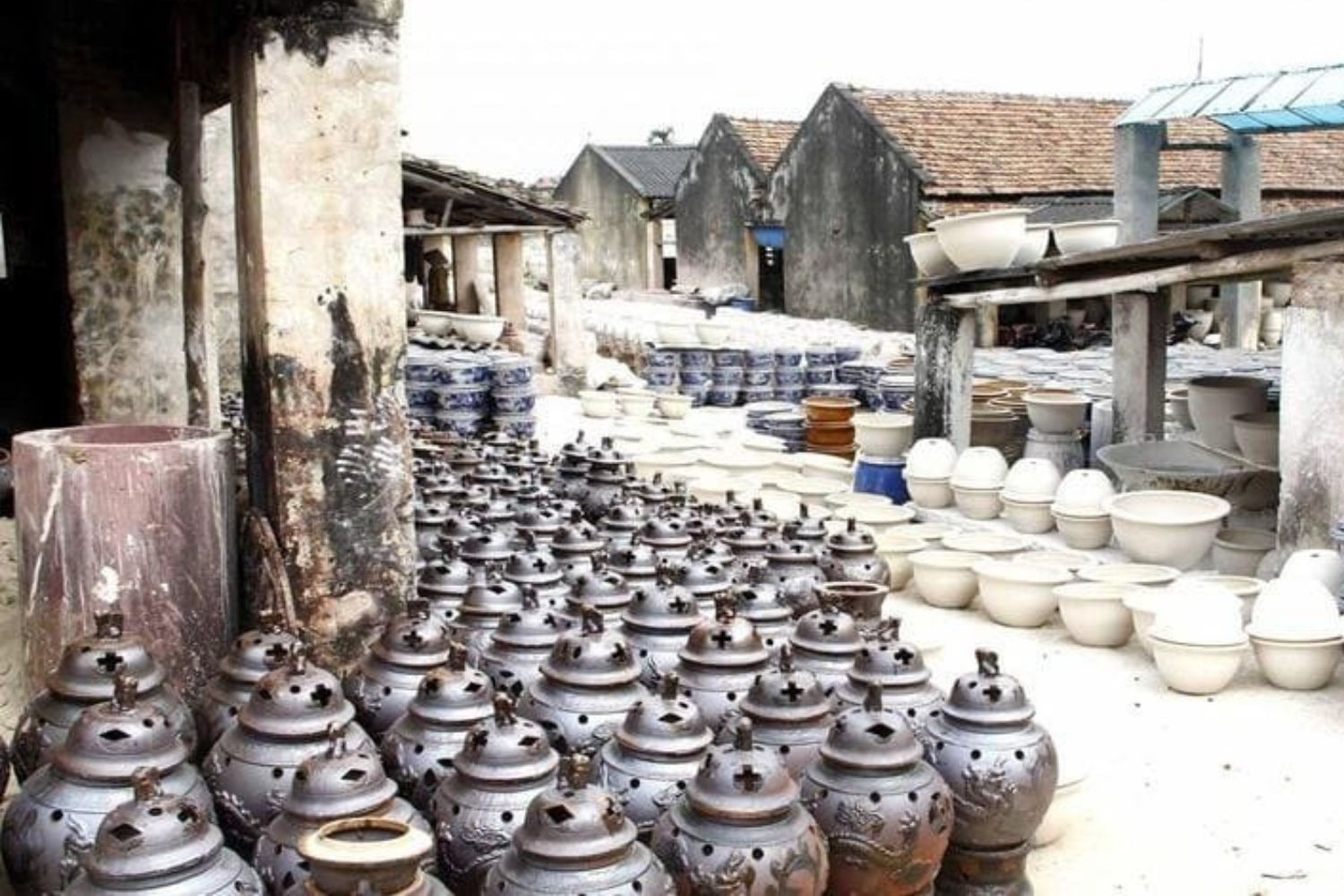

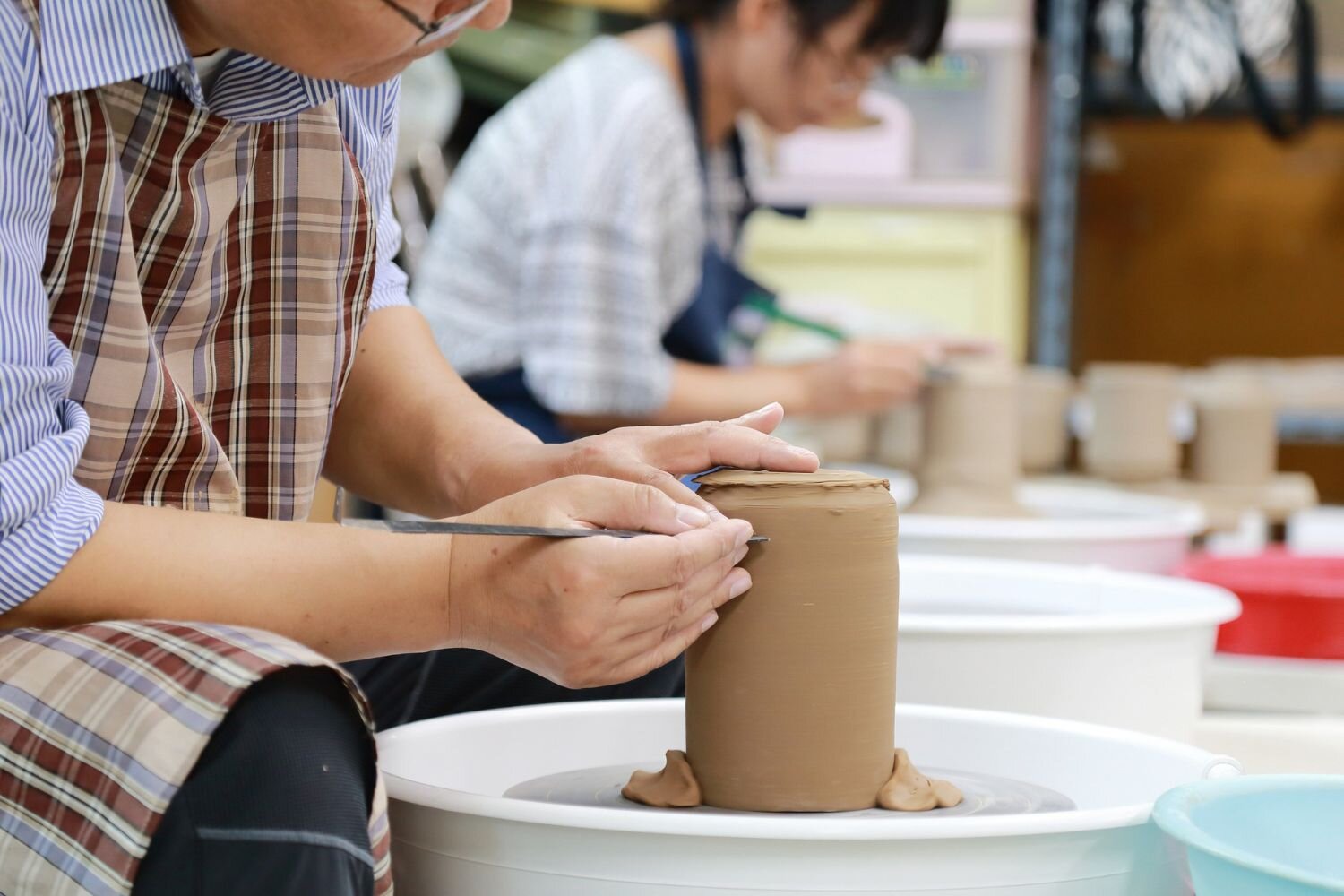
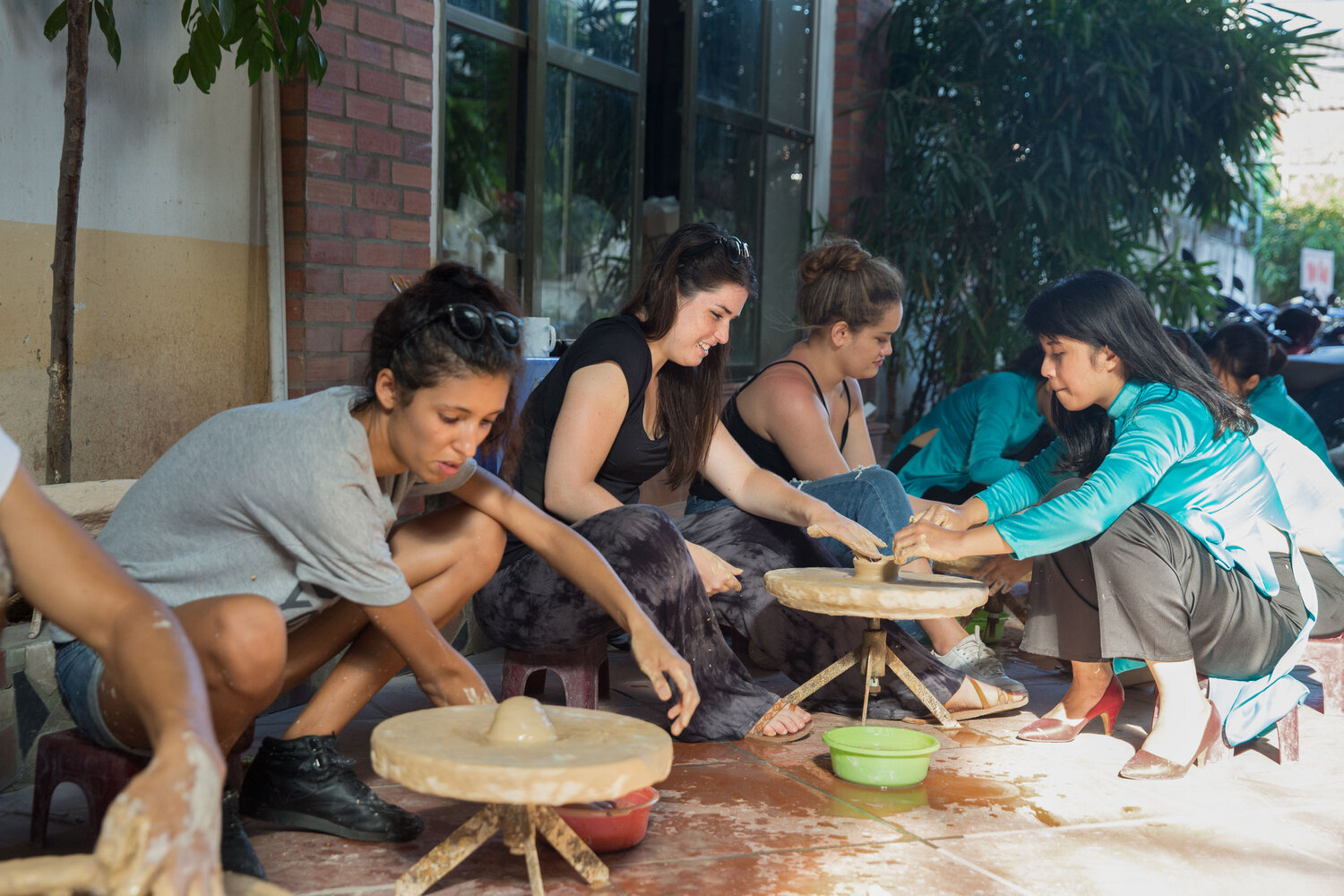
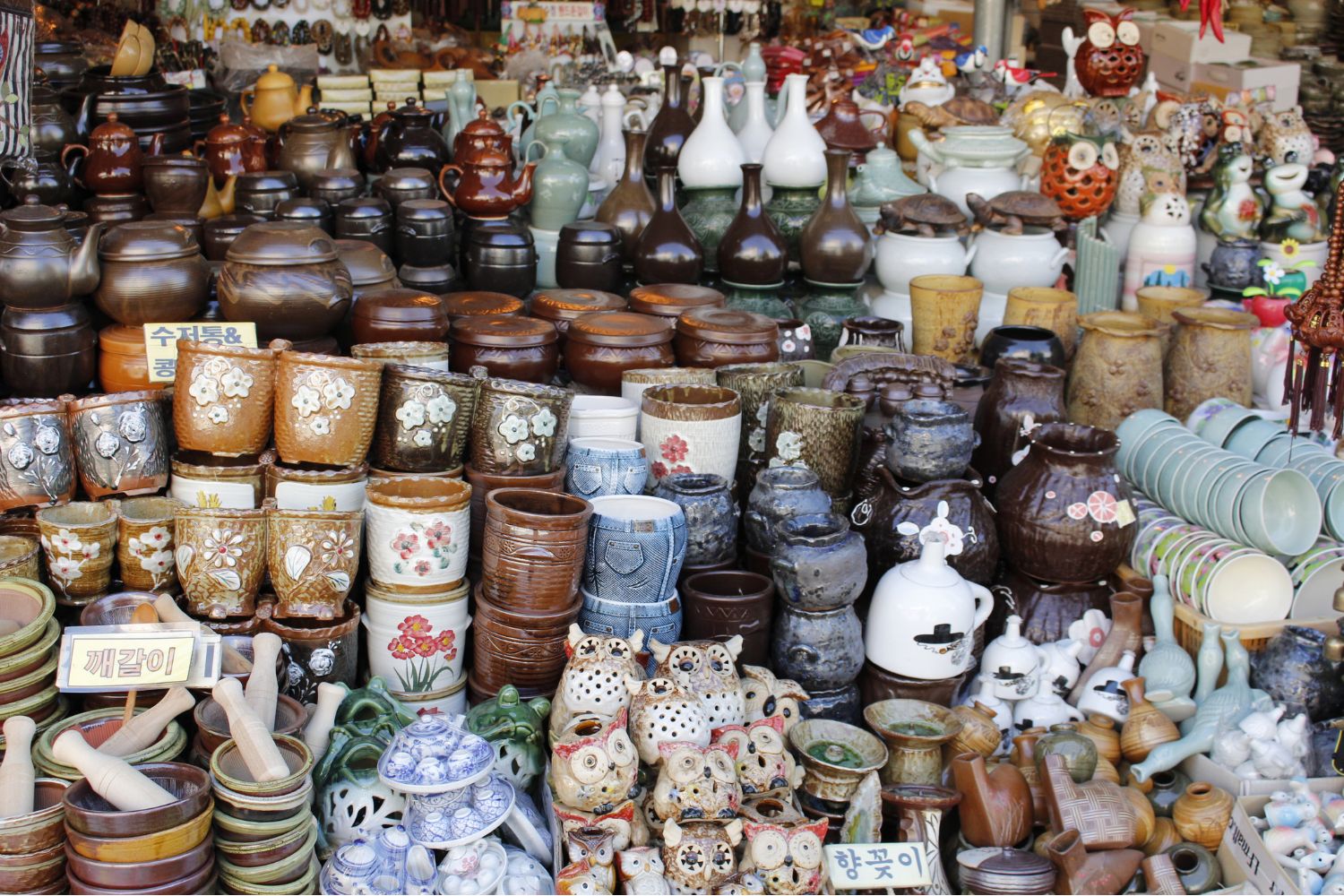


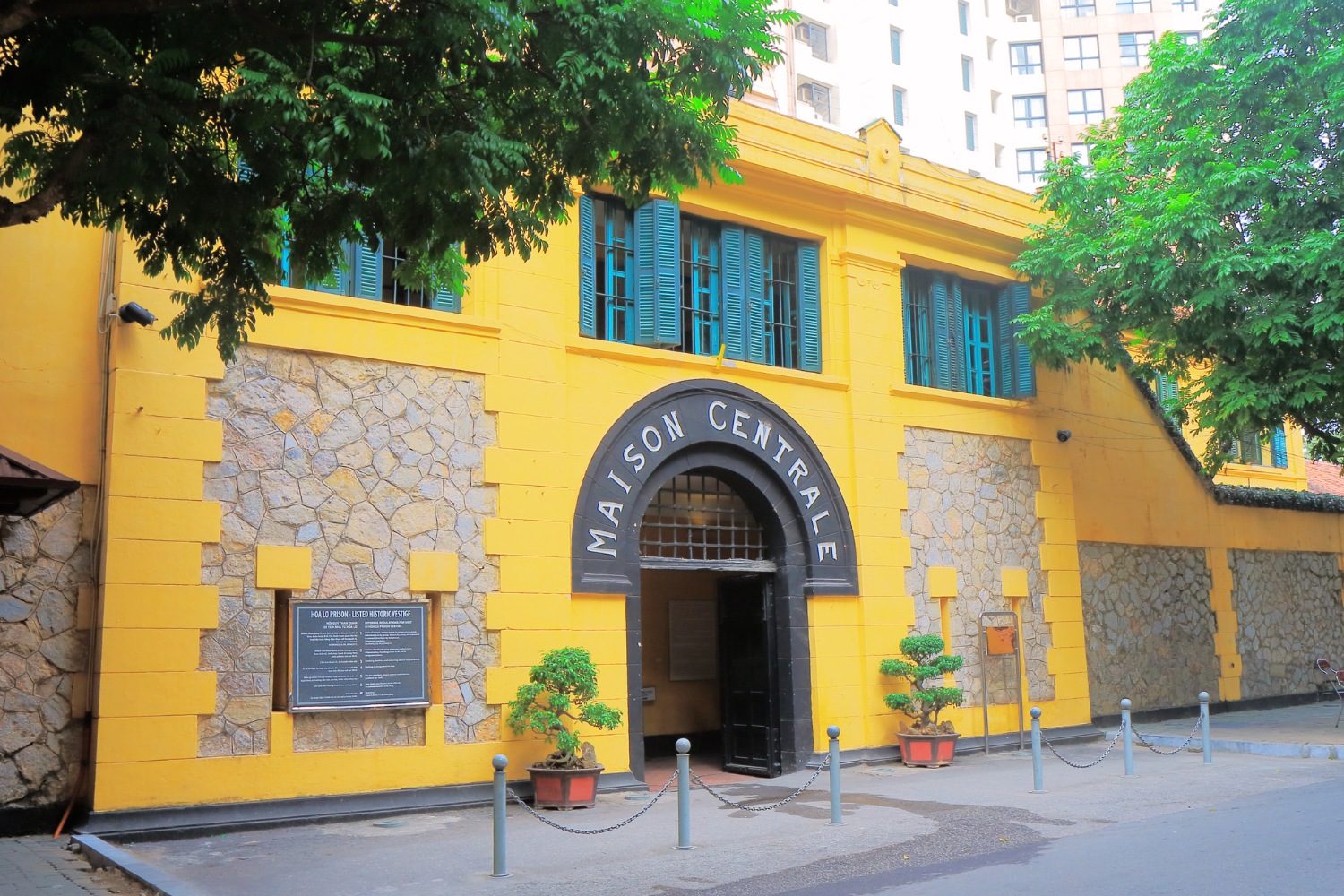





__637051765075307793.jpg)

__637051782550081035.jpg)

__637051777074859032.jpg)
__637051780703588520.jpg)
__637051781488596056.jpg)

__637051767008903435.jpg)
__637051774329206026.jpg)


__637740499994967442.jpg)


